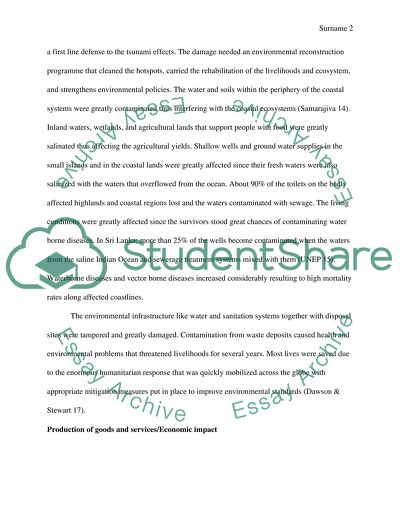Cite this document
(“Tsunami Essay Example | Topics and Well Written Essays - 1000 words”, n.d.)
Retrieved from https://studentshare.org/geography/1496685-tsunami
Retrieved from https://studentshare.org/geography/1496685-tsunami
(Tsunami Essay Example | Topics and Well Written Essays - 1000 Words)
https://studentshare.org/geography/1496685-tsunami.
https://studentshare.org/geography/1496685-tsunami.
“Tsunami Essay Example | Topics and Well Written Essays - 1000 Words”, n.d. https://studentshare.org/geography/1496685-tsunami.


